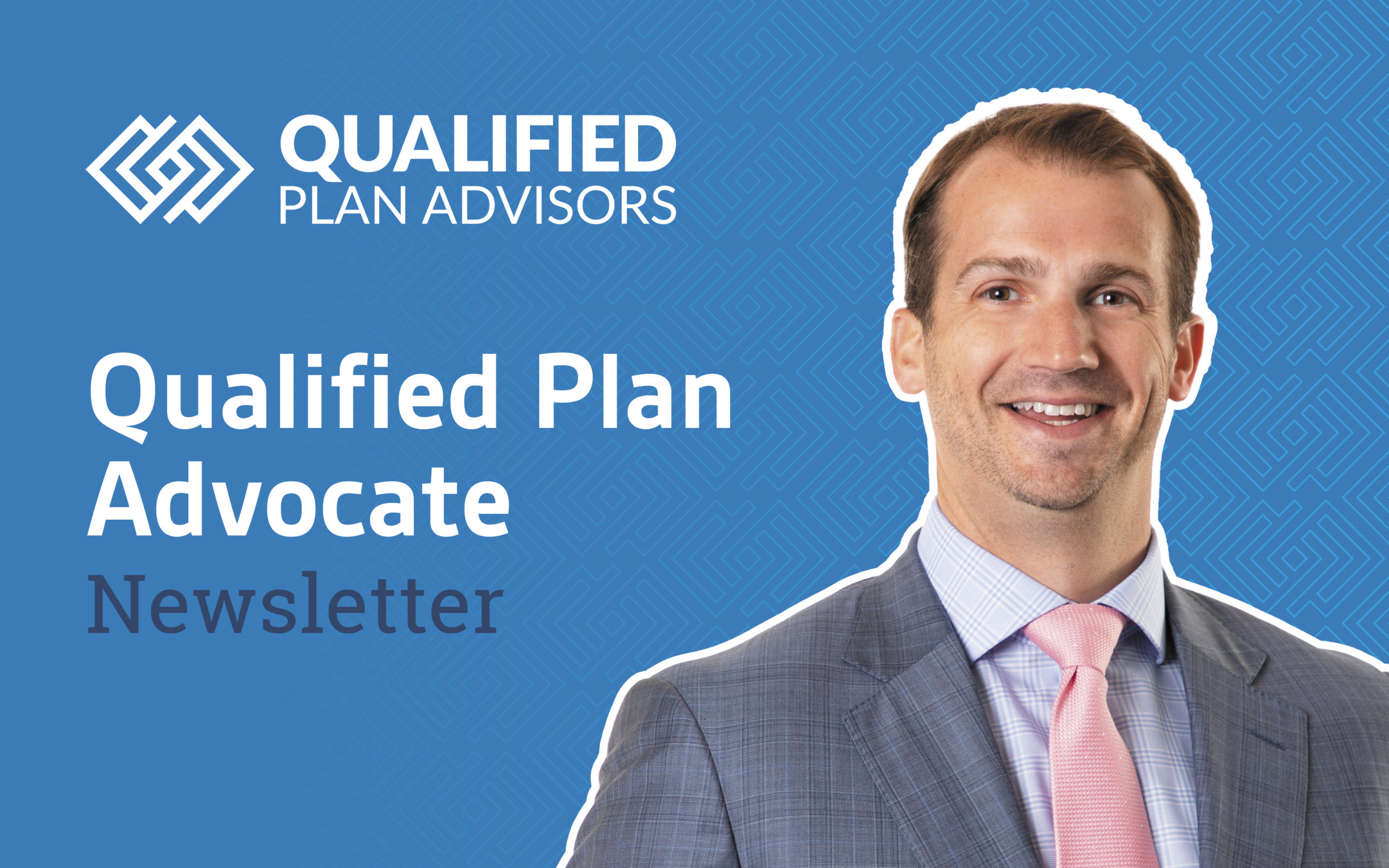Market Turbulence Driving the Need for Participant Education
As we surveyed the fiduciary scene for this month’s newsletter, two topics jumped out at us: market turbulence and next month’s Qualified Plan Fiduciary Summit. We decided to spend some time on both.
Market Turbulence. In March of 2020, the QPA Advocate Newsletter article began like this: “We’re in the midst of a challenging time. The spread of the coronavirus has thrown the markets into a period of choppiness not likely to stop anytime soon.” Two years later, we could have begun like this: “We’re in the midst of a challenging time. Concerns about inflation and uncertainty caused by Russia’s invasion of Ukraine have thrown the markets into a period of choppiness not likely to stop anytime soon.”
Investors have endured quite a roller coaster ride over the last couple of years. They’ve experienced the sharp drop in early 2020, the quick rebound, the minor twists and turns during a steadily steep ascent through the rest of 2020 and all of 2021, and now a strange and confusing start to 2022.
Volatile times remind us of the need to ensure retirement plan participants have a game plan. Over the next couple of months, we’re expecting a significant increase in plan sponsors’ requests that we help participants to:
- Become more educated. Market choppiness isn’t rare. Intra-year declines are not unusual. The road to recovery will be unique to the specific situation and specific individuals’ choices, which means some will be smoother than others. But significant data confirms that timing the market is a difficult (and nearly impossible) proposition and that diversification wins.
- Avoid emotional decisions. This is a lot easier after step 1. In the absence of education, it’s much more rational for participants to act irrationally.
- Understand one’s investment strategy. A participant must understand how he or she is invested. Does the participant use a target date fund? Managed account? Some other risk-based portfolio? A combination of core funds?
- Commit to a strategy. It may be the strategy already in place. It may be a new strategy that reflects changes in the participant’s situation. Whatever it might be, the strategy must be the one that calms the participant and empowers him or her to continue to save.
We have been talking over the last few months about changes in money managers’ “long term capital market assumptions” or “LTCMAs”. In general, even before 2022 began, most money managers expected investors would face lower portfolio returns over the upcoming decade. If those assumptions hold, the need to save at higher rates becomes even more important. However, that’s a counterintuitive behavior; it’s not natural for individuals to confront poor market performance with more savings. They need education, confidence, and (frequently) a conversation to help them through it.
Qualified Plan Fiduciary Summit. This year’s event will explore participants’ many other needs, too. But it’s even more complicated than that. Participants need more, want more, and expect more from their employers. In this labor market, they can choose another organization if they’re not getting what they want. Then, under the assumption that the grass will be greener on the other side of the other side, they’ll move again if not satisfied.
In a roundabout way, this serves to accomplish the alignment of interests intended by ERISA – for fiduciaries to make decisions in participants’ interests. Whether acting in a fiduciary or non-fiduciary capacity, organization leaders have a vested interest in understanding how to manage risk, educate participants, implement solutions, and simply give employees the help they need and expect. We’ll explore all of those ideas at the Fiduciary Summit. If you’ve not yet registered, please take a minute to scope out the agenda and to register here. We’d love to see you there on April 19.

